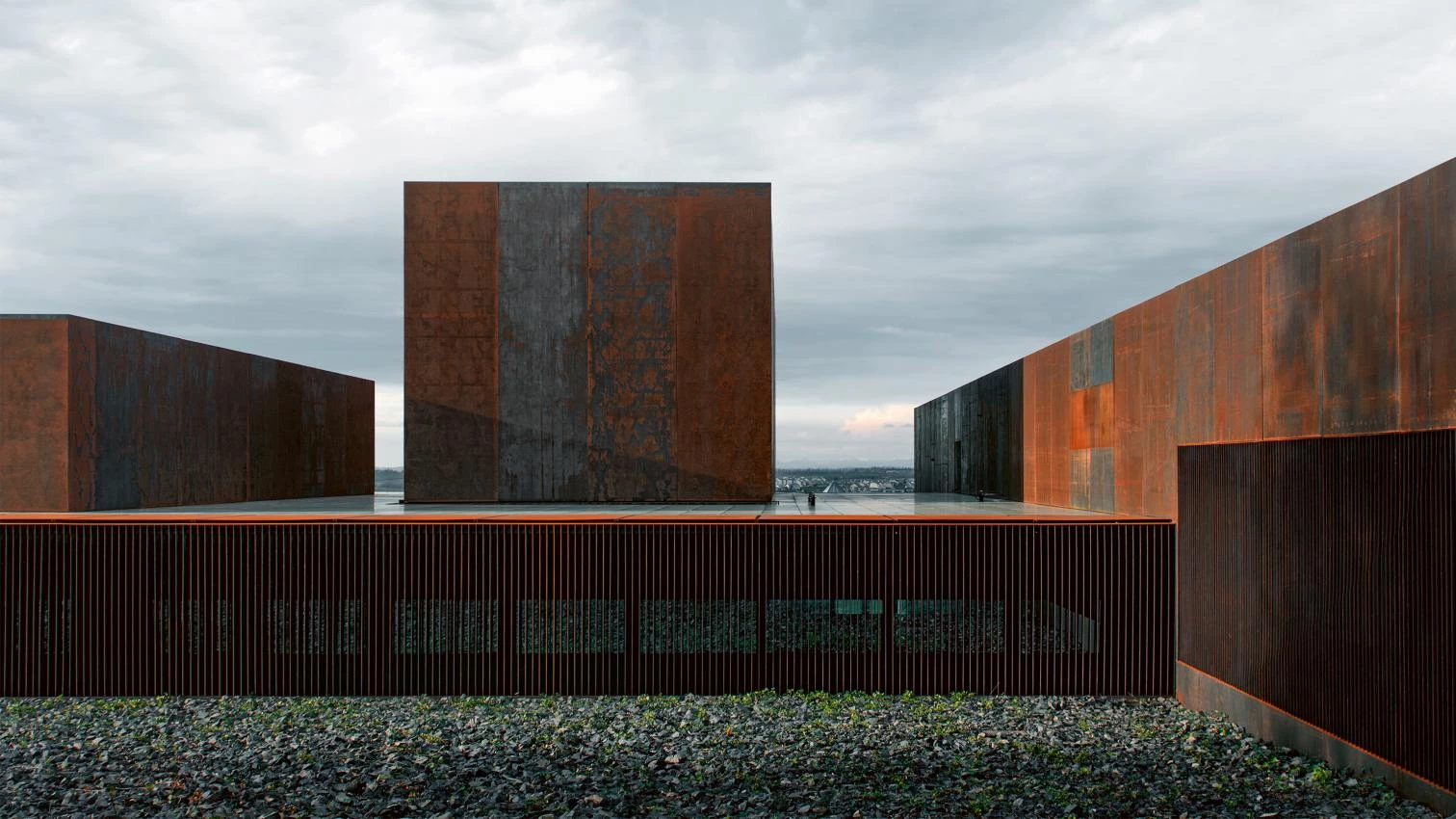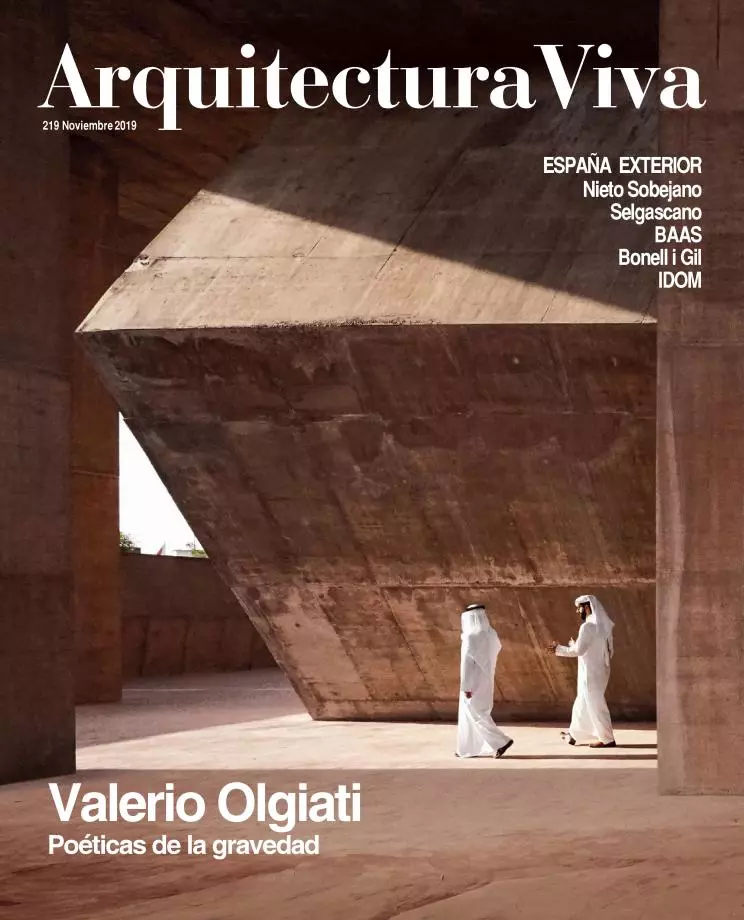Ubi bene, ibi patria
Spanish Architects Abroad

Wherever it is that things go well for you, that’s your country. Building outside Spain has for Spanish architects been both a challenge and a recognition traditionally within the reach of few prestigious names, such as Rafael Moneo, Santiago Calatrava, or Ricardo Bofill. Nevertheless, factors like the cosmopolitanism of the new generations (better command of English, experience in foreign universities, adeptness at handling webs) and above all the need for reinvention (after the collapse of the national system of public competitions and the exhaustion of private commissions) have encouraged many practices – not necessarily large but definitely competitive and courageous – to look past the country’s borders.
This was the case of RCR arquitectes, who long before their Pritzker had determinedly tried their luck in competitions abroad; a gamble that turned out well, giving rise to a handful of notable buildings in France and Belgium, among them the Soulages Museum in Rodez and the Waalse Krook Mediatheque in Ghent. There are others. José Ignacio Linazasoro and Richardo Sánchez are the authors of important French buildings, such as a congress center in Troyes. Juan Herreros is finishing the Munch Museum in Oslo. The firm Nieto Sobejano, working from offices in Madrid and Berlin, has for a decade now carried out projects in the German-speaking world, notably the Moritzburg Museum in Halle and the Joanneumsviertel in Graz. To this list we should of course add Barozzi Veiga, whose meteoric rise in Europe is embodied in buildings like the Bündner Kunstmuseum in Chur (Switzerland) and the new home of the Mieczyslaw Karlowicz Philharmonic Orchestra in Szczecin (Poland), winner of the 2015 Mies van der Rohe Award.
The search for international commissions has also led to contexts culturally more akin to Spain, such as Latin America, where Herreros has built the Ágora-Bogotá; or, on the contrary, more remote, such as China, where Ábalos Sentkiewicz recently completed a church in Shanghai’s New Bund district. And these exports are complemented by works in which the migration is something personal, having to do with American universities’ interest in Spanish architects: Andrés Jaque, Antón García-Abril, and Iñaqui Carnicero, to name three.
Arquitectura Viva wishes to present this panorama through five buildings spread out around the world, built by studios that vary in nature and are run by different generations: from the Arvo Pärt Center in Laulasmaa (Estonia) by Nieto Sobejano to the Second Home coworking space in Los Angeles by Selgascano, passing through the Radio and Television Faculty in Katowice (Poland) by BAAS, the new parliament of the Canton of Vaud (Switzerland) by Bonell i Gil, and the University of Alioune Diop building in Bambey (Senegal) by IDOM.





